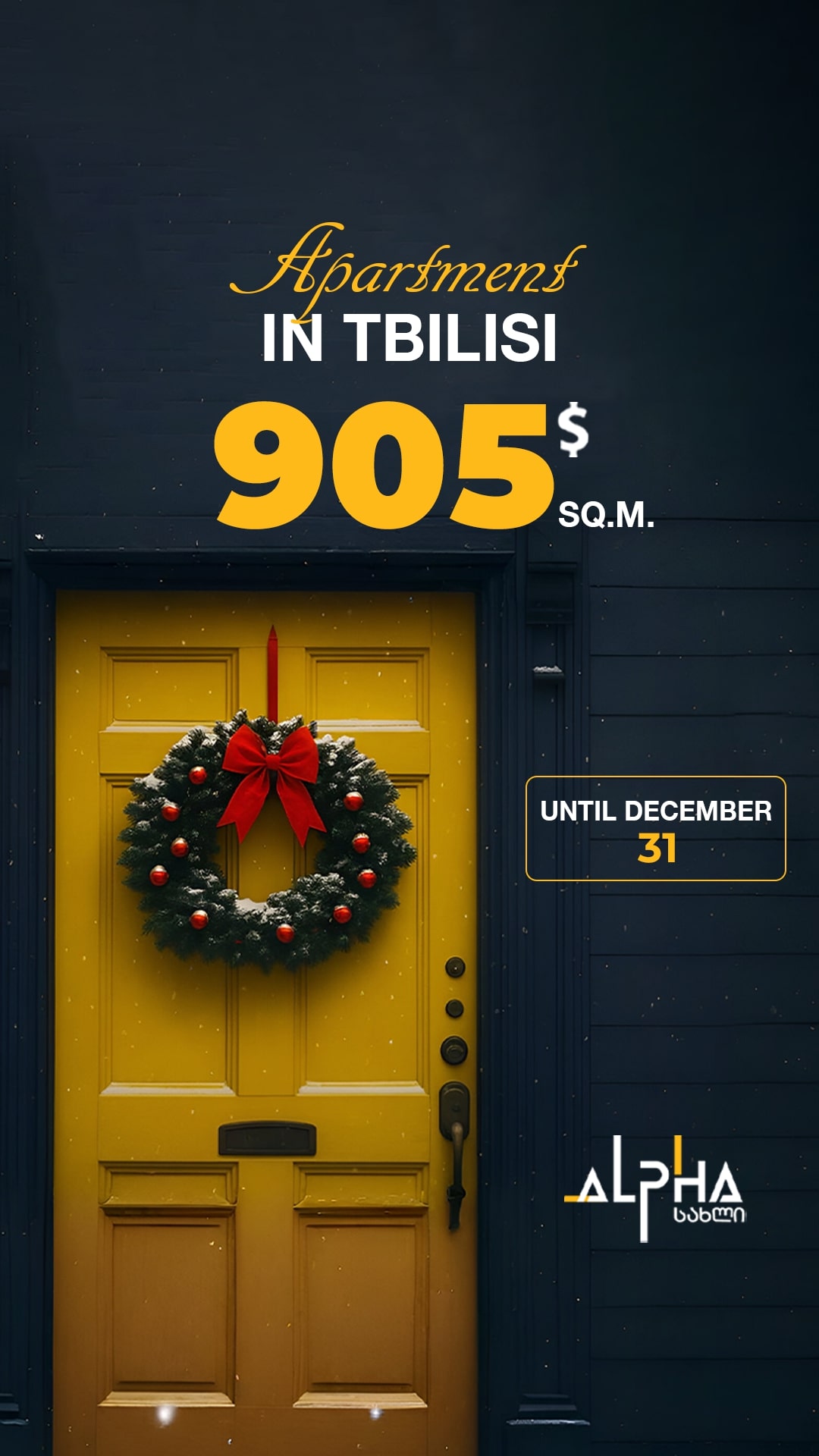Construction standards
Resolution No. 41 is a set of rules necessary for the safety of buildings and structures, which is included in the building code, and the latter came into effect in 2019 with a new version. The Parliament of Georgia supported the 41st resolution in 2016 and it entered into force in 2017. The decree is quite extensive (21 chapters) and establishes safety standards that all architectural and development companies follow. Similar regulations exist in all countries of the Western world. The Georgian legal regulatory framework is more similar to the American model construction norms. The law applies to the construction and maintenance of class III, IV, and V objects. This class includes markets, commercial establishments, industrial facilities, buildings, and residential houses.
The resolution establishes strict standards, the observance of which is mandatory for all builders, otherwise, it provides for substantial sanctions. It is through this resolution that modern buildings are more attractive and safer than Soviet panel buildings. for example:
- if in old buildings we go directly from the corridor to the stairs, according to the new standard, the stairs must be a separate, protected space;
- There should also be an additional emergency exit. This will prevent overloading and destruction of the floor during a fire. The fire safety system ensures the containment of the rapid spread of fire (sealing and isolation of fire foci from other sections). These rules differ according to the group of buildings;
- The danger should be quickly recognized by people with an audible alarm notification device. The ceiling should be installed in the ceiling, which contributes to fire resistance. This mechanism automatically limits the transfer of radiated heat through the air inlet/outlet openings;
- the road necessary for the movement and approach of fire and emergency-rescue equipment, as well as the fire protection distance, should be planned in the project;
- the free width of the road must be at least 6 meters;
- Buildings must have a fire extinguishing system inside, including a foam fire extinguishing system. This special system mechanically or chemically releases the foam from the concentrates into the protective zone;
- The building must be seismically resistant, which means that it must be able to withstand an earthquake of up to 8 points, because according to the seismic hazard map, Tbilisi is in the risk zone of 7-8 point earthquakes.
The resolution includes the types of materials and the rules for their use in specific sections of the building. 10 groups of buildings are distinguished:
- gathering;
- busy;
- educational;
- industrial;
- of great danger;
- institutional;
- trade;
- home;
- warehouse;
- helper;
- other purpose.
It applies to buildings with a total built-up area of more than 300 square meters and a depth of more than 4 meters from the ground surface. The floor levels of the floors, the size of the means of exit, and the lighting are regulated.
In addition to planning and construction, the decree also applies to building maintenance. The regulation also applies to elevators, the commissioning of which is carried out independently of the building. The elevator must have a generator that, in case of a power outage, ensures its smooth movement to the nearest floor.
Also arrangement of courtyards and courtyards, places for parking spaces, and others. Special play spaces for children must meet safety standards.
According to Decree 41, the buildings are adapted for people with disabilities. Buildings must have ramps, occupancy load calculations for wheelchair and companion seating spaces, at least 2 accessible means of exit for wheelchair users, and signage that provides appropriate instructions.







